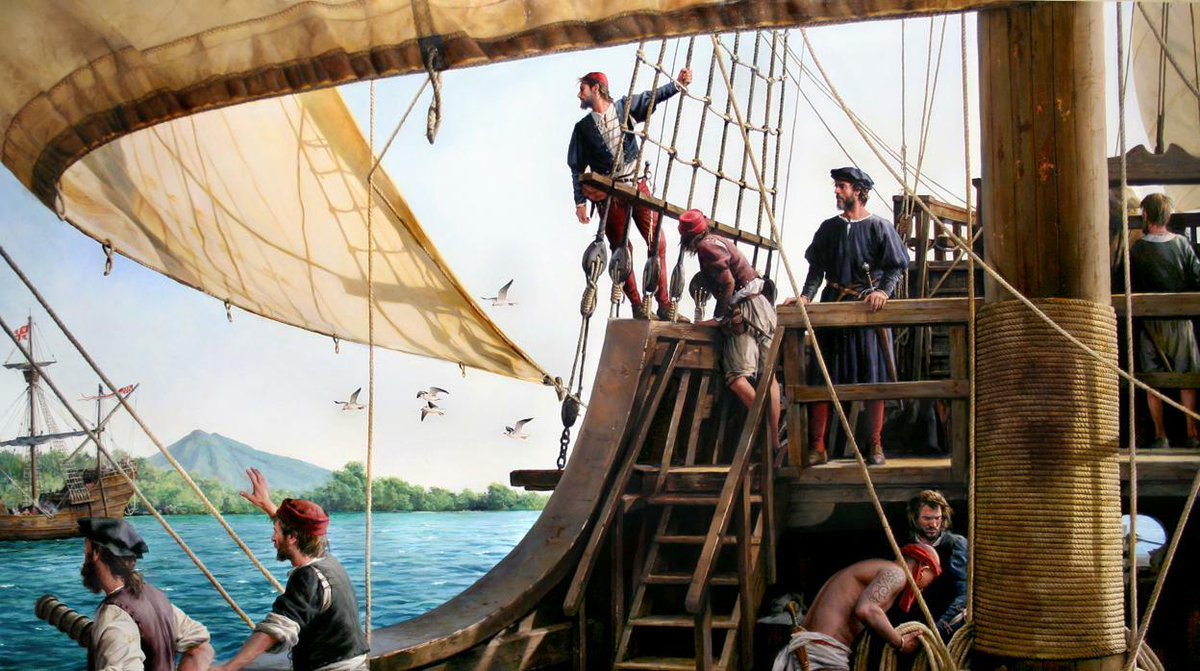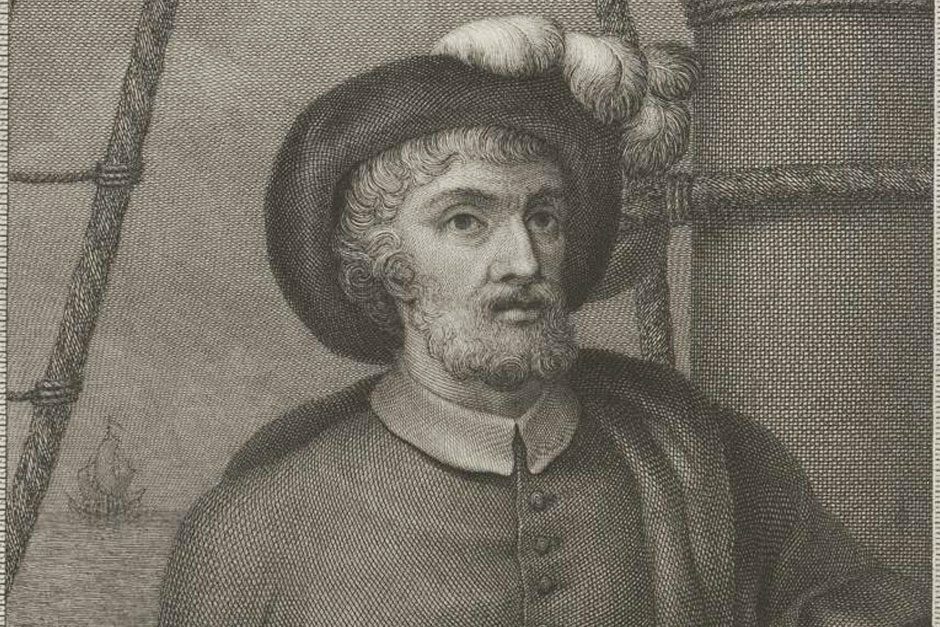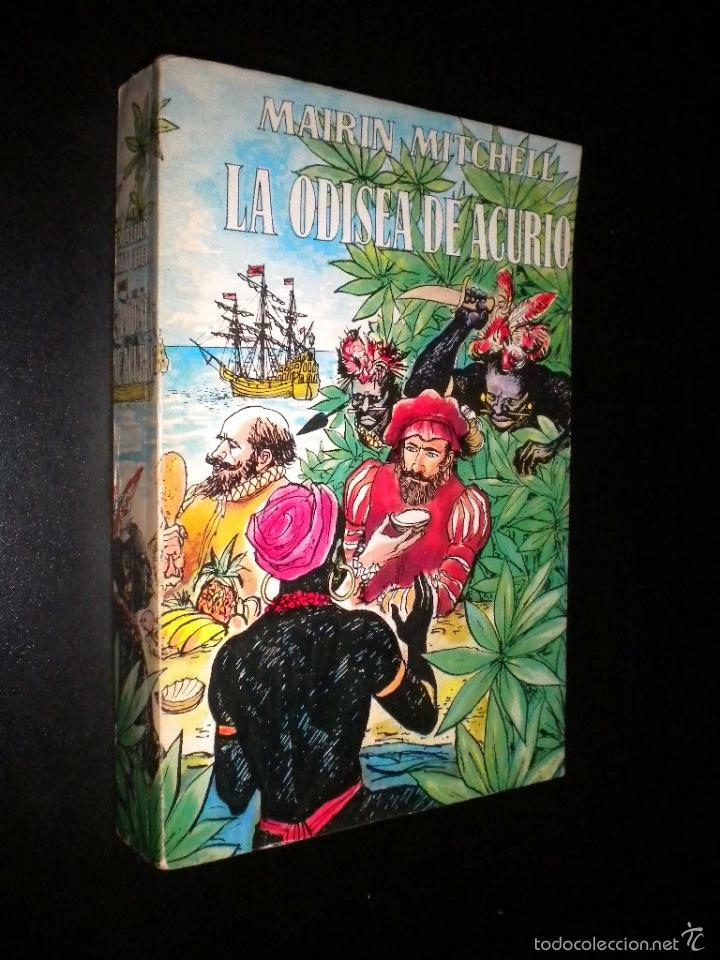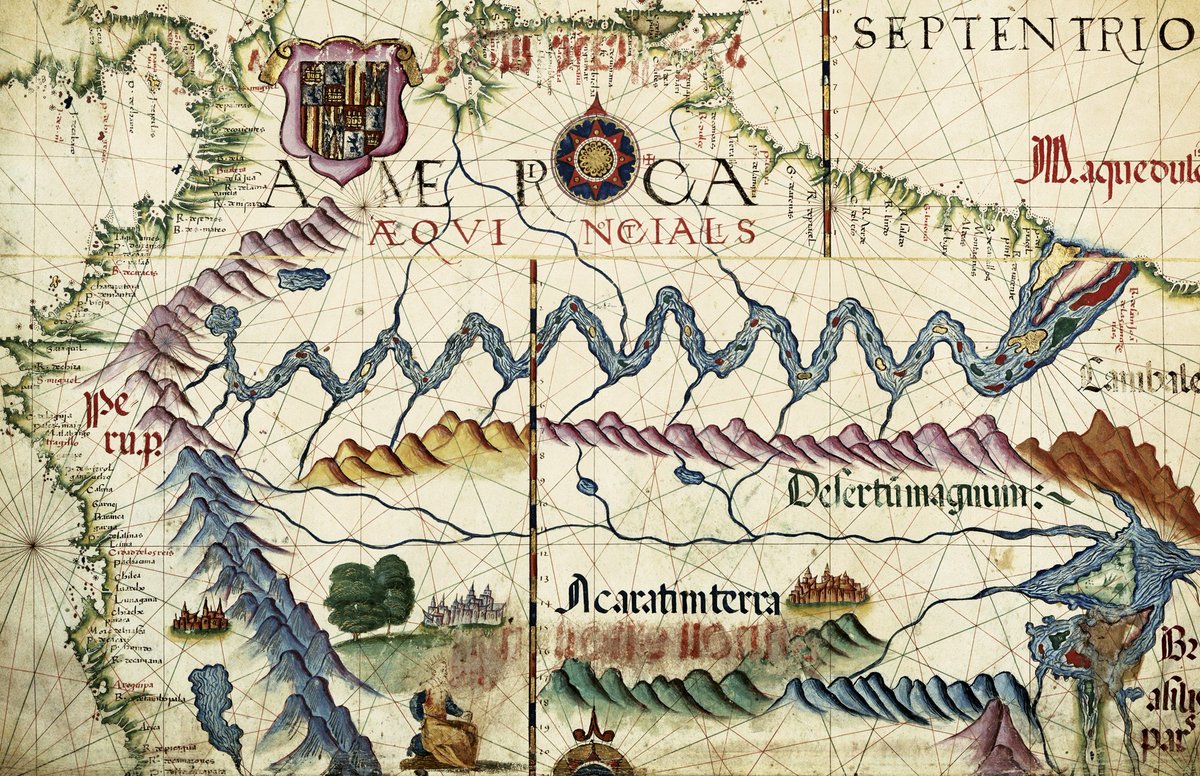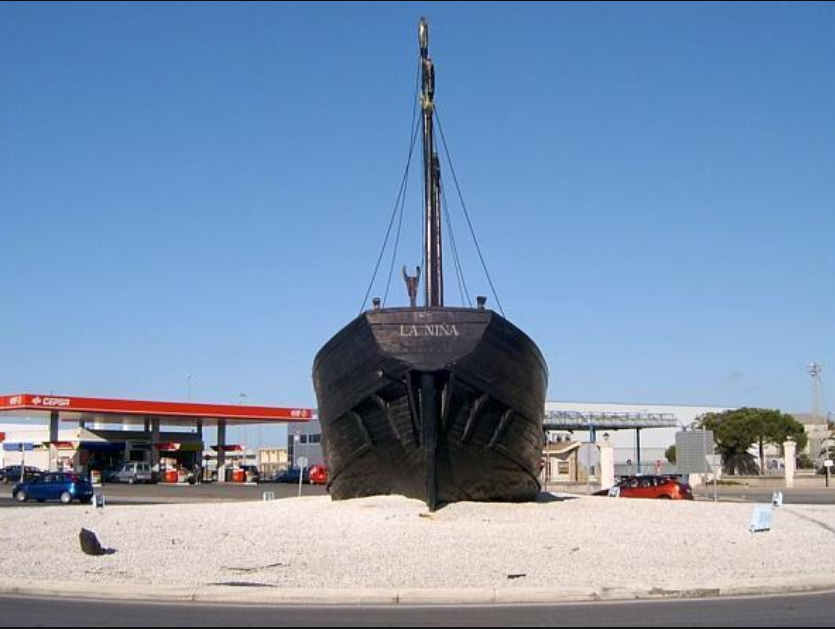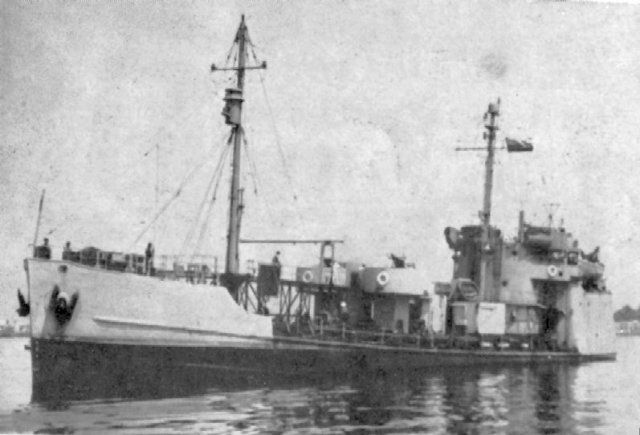On a day like today, November 19, 1493, Christopher Columbus arrived at an island he named San Juan, in honor of the prince of Asturias, Juan de Aragón. However, that name was kept by the capital of what is now known as Puerto Rico. #RespectHispanicHeritage 

The island's history would soon be tied to that of Juan Ponce de León, who explored it, began its population with Spaniards and became the territory's first governor. #RespectHispanicHeritage 

Ponce de León established the capital in Caparra, in the interior of present-day Puerto Rico. Despite his opposition, in 1516 the capital of the governorship was moved to the historic center of the city of San Juan, a location that remains today. #RespectHispanicHeritage 

The start-up of the governorate of San Juan was not straightforward. On the one hand, the explorer faced legal disputes over his rights to exploit the island's resources. On the other hand, he had to calm the revolts of the local Taínos. #RespectHispanicHeritage 

It was this pressure that prompted him to seek his fortune on a new atoll, Bimini Island, which was actually the peninsula of Florida. This made Juan Ponce de León the first European to set foot on the current US territory. #RespectHispanicHeritage 
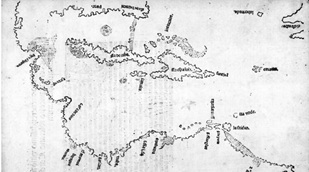
You can read the full story of the first settlement of Puerto Rico in the report "Juan Ponce de León, the great pioneer of Puerto Rico and Florida" that we published in September:
hispaniccouncil.org/wp-content/upl…
#RespectHispanicHeritage
hispaniccouncil.org/wp-content/upl…
#RespectHispanicHeritage

• • •
Missing some Tweet in this thread? You can try to
force a refresh


